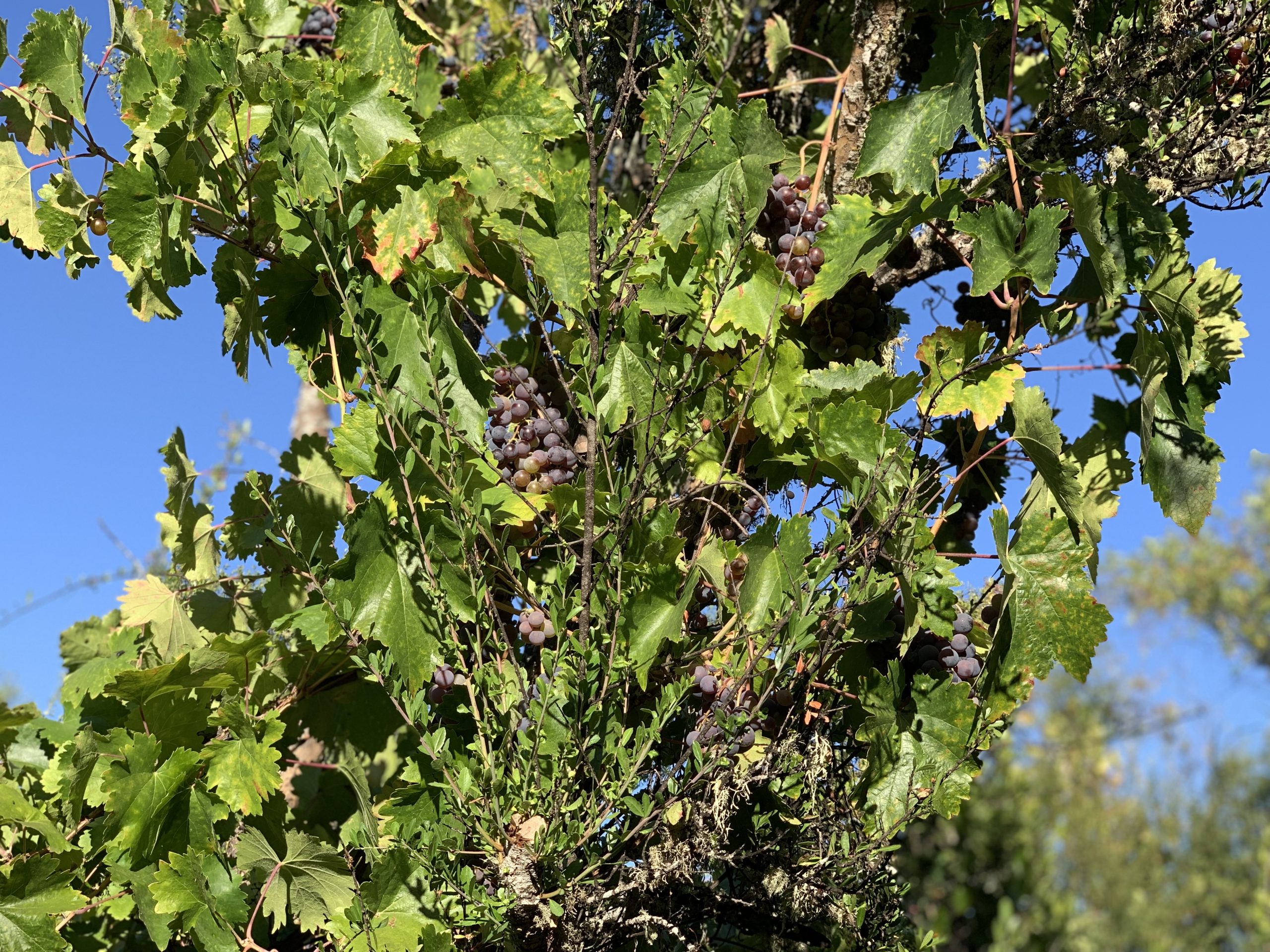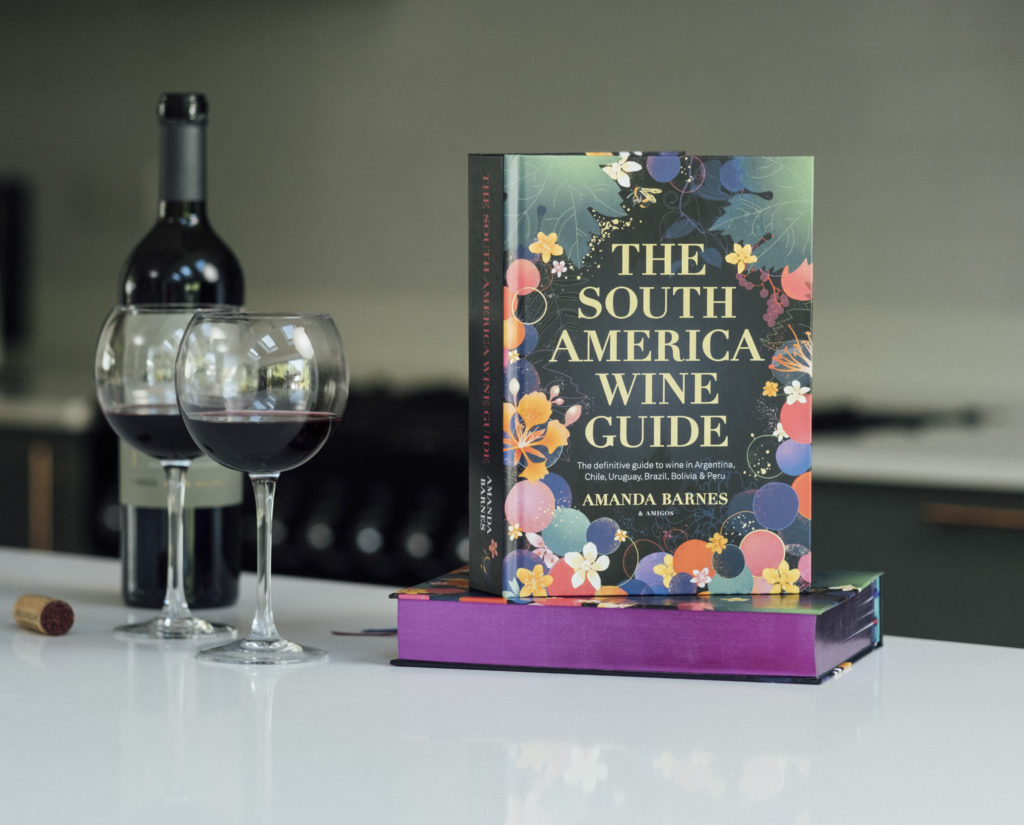Maule in Chile is a historic wine region with a great history over hundreds of years in which different vine training methods can come in and out of fashion, from bush vines to the more common VSP training. In this video with Bouchon Family Wines winemaker Christian Sepulveda, Amanda Barnes interviews him about the different training methods that they have for grapes including País and Cabernet Sauvignon, and the benefits and challenges of each.
They also look at a completely wild training system… the natural occurrence of their ‘Pais Salvaje’ vineyard, where Pais vines grow wild around the trees in the river creek.
Watch this video to see how Vertical Shoot Positioning (VSP), bush vines and wild vines are all within metres of each other!
Bush vines, VSP and Pais salvaje: All three systems explained by winemaker Christian Sepúlveda
Video highlights: Amanda Barnes interviews winemaker Christian Sepúlveda
Christian, we are in the Bouchon vineyard 1.0, the first plantation in the vineyard here in Mingre in Maule. Can you tell me when this Pais was planted and why it was planted in this way?
When the first vines of Pais or Listan Prieto arrived they were planted using the bush vine system, with around 5.000 plants per hectare. At that time, the only way to manage the weeds and the soil was with horses. About 7 or 8 years ago we decided to come back to this way of working the vineyard, moving the soil, taking the weeds by hand, and using horses.
At what stage did Bouchon and viticulture in South America move to the VSP system?
The first influence of viticulture in South America and Chile started 500 years ago with a strong Spanish influence and varieties like Pais or Listan Prieto. By mid 19th century, we got this big French influence and we moved to the VSP system and other grape varieties, in this case, Cabernet Sauvignon. We took out the Pais and started planting French varieties using VSP, tractors and machines.
But you kept your Pais and not necessarily on purpose. Why did the family keep the Pais rather than moving everything to Bordeaux varieties as most people were doing at the time?
This estate in Mingre had mainly Pais and a bit of Carignan. They took out most of the plants and left one lot, not because of the quality but because on this part of the estate you have a high chance of frost. They left the Pais abandoned and focused on the Bordeaux varieties.
Now, Bouchon 3.0 with a focus on recovering the old vines, you’re also planting new bush vines so you’re going back to that old method. And we also have a totally different perspective, a natural way of planting in South America, one of the most traditional ones with trees. But this is not intentional planting, this is your Pais Salvaje. Tell us a bit about this.
We believe they left the cuts from the pruning of bush vines and at the same time they started growing this native forest. It is really interesting because both the vines and the forest started growing at the same time.

How easy is it to harvest this? I believe the VSP is probably the easiest, then the bush vines and this is the crazy one…
The part of the vine that is closer to the floor is easier to pick but you also get grapes up to 3 to 5 meters so you need to use ladders. That is the most complicated part. This is the part of the estate that we never prune, we don’t spray with anything. This is a pure ecosystem.
Read all about País wines and grapes here!
Tell me about your winemaking because it has been very interesting your experimentation with Pais but also going back to very traditional, ancient winemaking techniques. Can you tell me about your change of approach to Pais?
At first, we didn’t have much experience with Pais. It is a variety with not too much color and sometimes tannins can be a bit rustic but if you take good care of the viticulture you can get great wine. So we went back to using native yeast, concrete vats that we used to have here from years ago and we started using again. In the case of Pais Salvaje, we started using whole bunches. I would say, not be afraid of the variety but rather try to understand it.
Read more about Bouchon winery in our winery guide online!
And read about País Salvaje wine in our wine tasting guide online!
Want to know more about the
wine regions of Chile?
ORDER YOUR COPY of The South America Wine Guide now!
E-book AVAILABLE ONLINE too.
Interested in watching more videos?
Video guide to Maule & Itata wine regions in Chile
Suelo Invertido – turning vineyard soil upside down with Santiago Deicas
Exploring sulphite-free Malbec with Domaine Bousquet
Championing growers & sustainability: Miguel Torres Titanes del Vino

